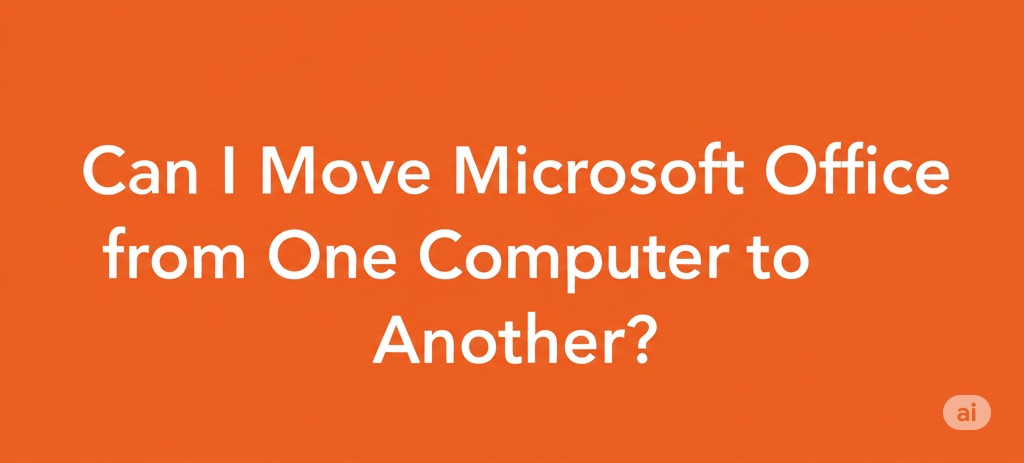Have you ever wondered what happens when you turn on a computer without an operating system (OS)? While most of us take an OS like Windows, macOS, or Linux for granted, it’s an interesting question to explore. Can a computer function without one? The answer might surprise you! In this article, we’ll dive deep into the role of an operating system, the possibility of running a computer without one, and the potential limitations and alternatives.
What Is an Operating System?
An operating system (OS) is software that acts as an intermediary between the computer hardware and the applications or programs that you use. It manages hardware resources, provides a user interface, and ensures that software can communicate with the hardware properly. Popular operating systems include Windows, macOS, and Linux.
Without an OS, a computer would essentially be a collection of hardware components with no way of interacting with software or users in a meaningful way.
Can a Computer Run Without an Operating System?
The Short Answer: Yes, But…
A computer can technically run without an operating system, but it’s not going to be functional in the way most users expect. Without an OS, the computer lacks a way to interface with applications, drivers, and peripherals like printers or even the monitor. The computer would turn on and the hardware would power up, but it wouldn’t be able to perform any tasks without additional software.
What Happens When You Boot Without an OS?
When you attempt to boot a computer without an operating system, the machine will typically display an error message. The BIOS (Basic Input/Output System) or UEFI (Unified Extensible Firmware Interface) will search for an OS on the storage drive. If none is found, it will display a message like “No bootable device found” or “Operating system not found.” This means the computer doesn’t have the necessary software to start up fully.
Can You Use a Computer Without an OS for Specific Tasks?
While a computer cannot be used for everyday tasks without an operating system, it can still run basic functions in very specific cases. For example:
- Embedded Systems: Some devices like washing machines, car control systems, and cameras run without traditional OSs. They may have firmware or a minimal software environment designed to perform very specific functions.
- BIOS/UEFI Access: The BIOS or UEFI firmware allows limited interaction with the system for hardware configuration, but this is very different from a full operating system. It doesn’t allow for complex tasks like browsing the internet or running software applications.
- Bootable Disks: Computers can also boot directly from external drives (such as USB drives or CDs) that contain a specialized OS or program. These systems may not technically require a traditional operating system, but the external software will still provide the necessary functions for the computer to run.
Why Do You Need an Operating System?
Hardware Management
The primary function of an operating system is to manage and coordinate the hardware of a computer. The OS ensures that the CPU, memory, and storage devices work together efficiently. Without an OS, the computer would have no way to allocate resources, leading to a disorganized or nonfunctional system.
User Interface
One of the main reasons we use operating systems is the user interface they provide. Whether it’s a graphical user interface (GUI) or command-line interface (CLI), the OS makes it easier to interact with the computer. Without an OS, there would be no easy way for users to input commands or run programs. You would have to rely on more complex and less intuitive methods.
Running Applications
The OS also acts as a platform to run applications. Popular software like web browsers, word processors, and games all require an operating system to function. Without one, the computer wouldn’t have the necessary environment for these programs to run.
Security and Updates
Operating systems come with built-in security features such as firewalls, antivirus software, and encryption tools. These features are essential for protecting the computer from threats. Without an OS, the computer would be vulnerable to various security risks.
Alternatives to a Traditional Operating System
While traditional operating systems like Windows and macOS are the most common, there are alternatives for specialized use cases:
Minimalist Operating Systems
Some people use lightweight, minimal operating systems for specific purposes, such as Linux-based distributions designed for low resource usage. These operating systems can run on older hardware or provide a streamlined environment for certain tasks.
Live Operating Systems
A live operating system is a system that runs directly from a USB stick or CD without needing to be installed on a hard drive. This setup allows users to use a full operating system temporarily without making permanent changes to their system.
Firmware and Embedded Systems
For devices that perform specific tasks like IoT devices (Internet of Things) or embedded systems, the operating system is often replaced by specialized firmware that is lightweight and designed for single-purpose use.
Conclusion: Can You Run a Computer Without an OS?
In conclusion, while it’s technically possible for a computer to turn on without an operating system, it will be extremely limited in functionality. An operating system is crucial for managing hardware, running applications, and providing a user interface. Without it, the computer would be unable to perform any significant tasks.
If you’re considering using a computer without a traditional OS, be aware of the limitations and potential challenges. However, if you’re looking for a minimal setup, exploring lightweight or live operating systems could be an alternative.

Caleb Carlson is a contributing writer at Computer Site Engineering, specializing in computer technology, software trends, and hardware innovations. His articles simplify complex tech topics, making them accessible to readers of all levels.





